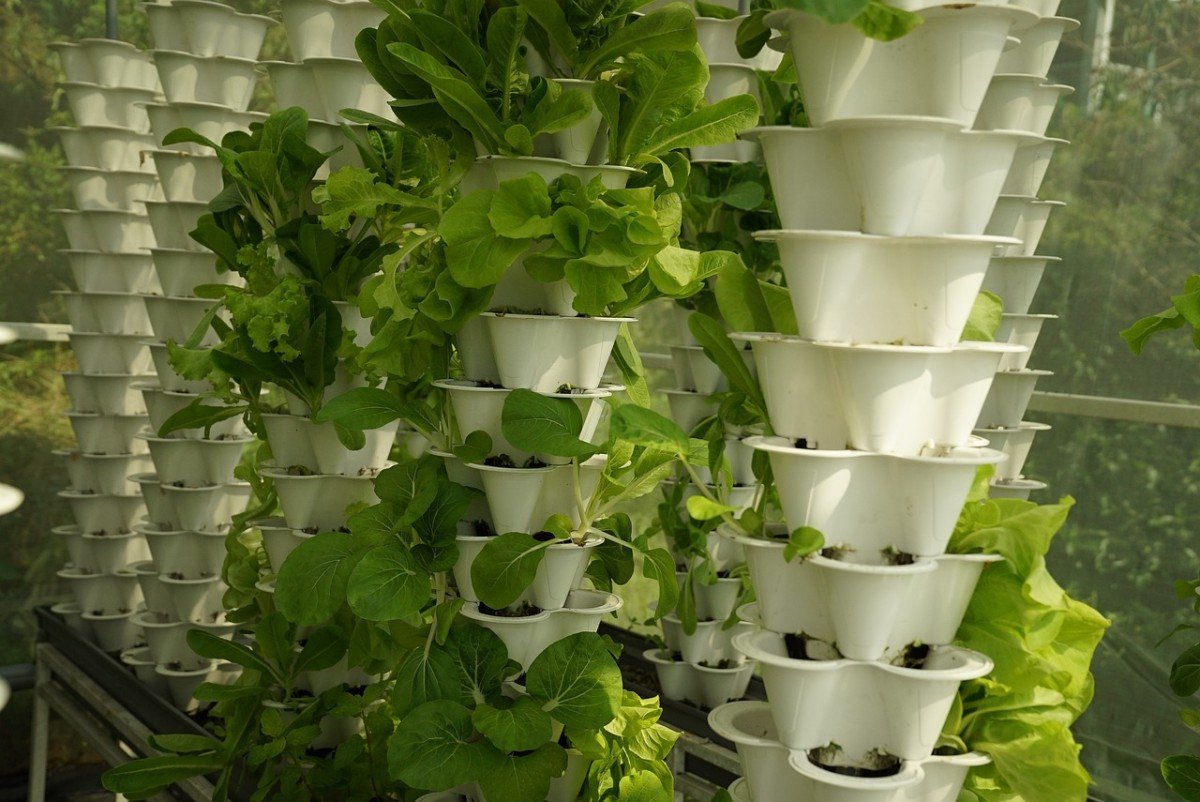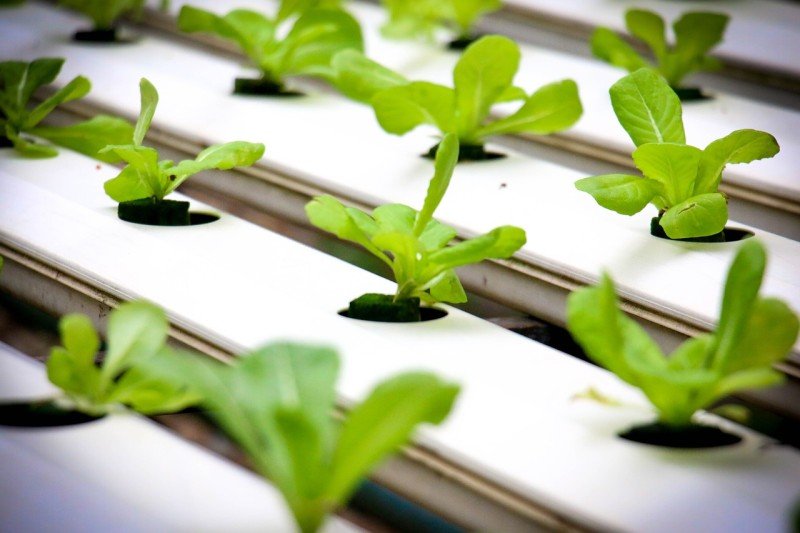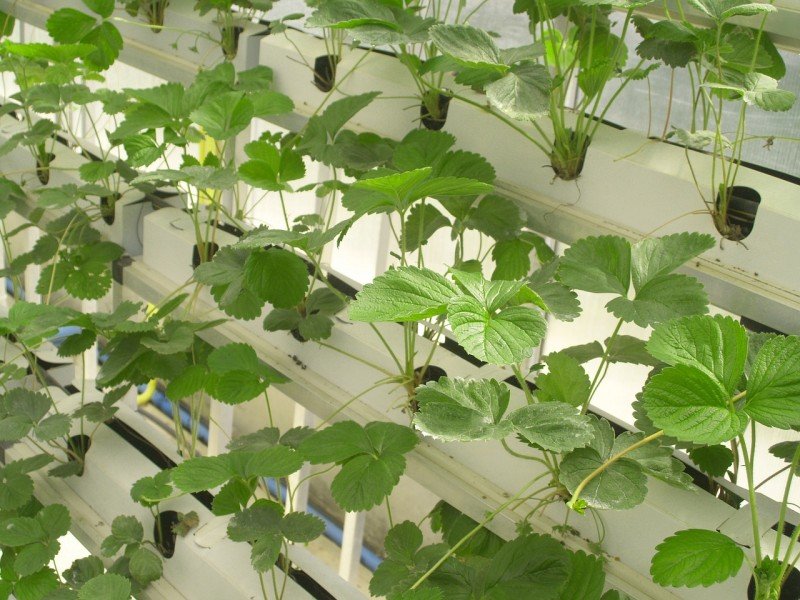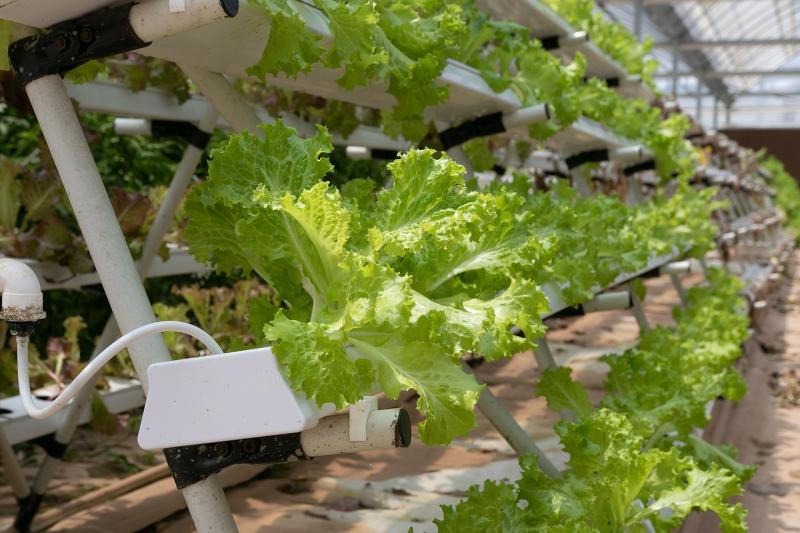Understanding the Key Differences Between Hydroponics, Aeroponics, and Aquaponics
Hydroponics, aeroponics, and aquaponics are innovative and sustainable methods of growing plants without soil. These techniques are gaining popularity among garden enthusiasts, commercial growers, and even astronauts. While they all involve growing plants in a controlled environment, they differ in several aspects.
Hydroponics
Hydroponics is a soil-free method of growing plants using nutrient-rich water. The plants are grown in a support structure, like peat moss, rockwool, or coconut coir, and their roots are regularly submerged in a nutrient solution. The solution contains all the necessary minerals and nutrients essential for plant growth. As there is no soil involved in this process, there's a lower risk of pests and diseases affecting the plants, and the plants receive maximum nutrients needed for growth.
Aeroponics
Aeroponics is a method of growing plants in an air or mist environment without soil or any support structure. The plants get their nutrients from a nutrient-rich mist that is sprayed on the roots regularly. The mist is created using a special nutrient solution, and the plants' roots are suspended in a closed container that maintains the mist environment. This method allows plants to grow faster and produce more yields compared to traditional soil-based methods.
Aquaponics
Aquaponics is a symbiotic approach to growing plants and fish in a closed cycle. In an aquaponic system, plants and fish are grown together, and the fish waste, which consists of essential nutrients, serve as food for the plants, while the plants keep the water clean for the fish. The fish and plants work together, creating a self-sustaining ecosystem that is highly efficient and produces zero waste. Aquaponics is popular among sustainable gardeners as it allows them to grow organic produce and fish at the same time.
Conclusion
While hydroponics, aeroponics, and aquaponics are distinct techniques, they all have the same goal - to grow plants without soil while using fewer resources and producing higher yields. Each method has different advantages and disadvantages, and gardeners should consider their specific needs and objectives before choosing the best method. Understanding the key differences between hydroponics, aeroponics, and aquaponics can help gardeners choose the method that suits their specific requirements and preferences.
The Pros and Cons of Hydroponics, Aeroponics, and Aquaponics for Growing Crops
As we've explored the three different soil-less methods for growing crops, we've come across several pros and cons for each. Here's a summary:
Hydroponics
- Pros: One of the fastest methods for growing crops, minimal water usage, plants grow larger and faster due to easy access to nutrients
- Cons: Prone to equipment failure, expensive initial setup, requires use of artificial fertilizers which can build up in the water
Aeroponics
- Pros: Most efficient use of water, plants grow faster and with stronger roots, reduced risk of pests and diseases
- Cons: Extremely sensitive to environmental changes, expensive initial setup, requires regular maintenance of misters and sprayers
Aquaponics
- Pros: Low to no need for synthetic fertilizers, recycles waste from fish for plant nutrition, crop diversity can be expanded to include fish, reduces water usage
- Cons: Fish require specialized care, ammonia buildup in water can harm plants, equipment maintenance needs to address both plant and fish needs
Ultimately, the choice between these methods will depend on a grower's priorities and resources. Hydroponics may be best for those who prioritize speed of growth and advanced technology, while aeroponics may be the choice for those who want to maximize water efficiency and minimize the risk of pests and diseases. Aquaponics is a good choice for those who want to integrate fish and more naturally-sourced nutrients into their crop growing process, but at the cost of a more complex maintenance routine.
Choosing the Right System: Which Method is Best for Your Needs?
When it comes to deciding which hydroponic system is right for you, there is no one-size-fits-all solution. Different methods have different benefits and drawbacks, and choosing the right one for your needs requires careful consideration of several factors.
Consider Your Space and Resources
The first thing to consider when choosing a hydroponic system is the amount of space and resources you have available. If you have a lot of space and a large budget, an aquaponic system may be the best option for you. However, if you have limited space, an aeroponic or vertical hydroponic system may be more practical.
Think About Your Goals
Another important factor to consider is your goals for the system. Are you looking to produce a large quantity of a specific crop? Do you want to experiment with different plant varieties? Depending on your goals, certain hydroponic methods may be better suited to your needs.
Consider Your Level of Experience
If you are new to hydroponics, you may want to consider starting with a simpler system like a deep-water culture or drip irrigation system. These systems are easy to set up and maintain and require minimal technical knowledge. On the other hand, if you have experience with hydroponics and want to take your gardening to the next level, an aeroponic or aquaponic system may be more challenging but also more rewarding.
Think About Your Budget
Cost is also an essential factor to consider when choosing a hydroponic system. Some methods, like aeroponics, can be more expensive due to the equipment required. In contrast, deep-water culture systems can be cheaper and require fewer supplies. Consider how much money you want to invest and what kind of return you expect from your investment.
The Bottom Line
Choosing the right hydroponic system requires careful consideration of several factors, including space, resources, goals, experience, and budget. By taking the time to weigh your options carefully, you can find a system that meets your needs and helps you achieve your gardening goals.



